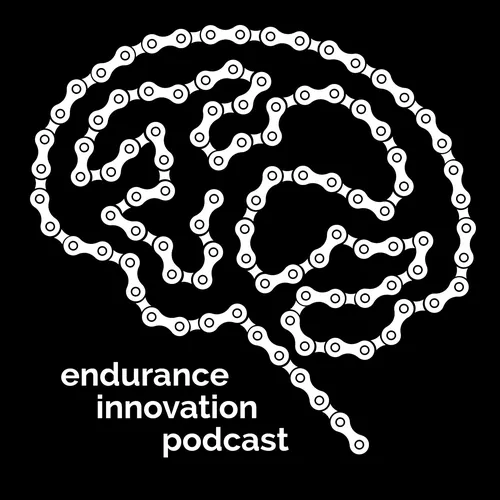88 - Costas Karageorghis on Music and Exercise
- Author
- Michael Liberzon
- Published
- Fri 22 Jan 2021
- Episode Link
- https://zencastr.com/z/PVM4Qqrp
Endurance Innovation is now on Patreon! Have a peek at our page and show us some love.
- 4:00 Professor Costas Karageorghis
- 10:00 the history of research of music and physical activity
- 14:45 a look ‘under the bonnet’ at the brain’s role in mediating athletic performance and the influence of music on this process. Playing music appears to have the following effects
- Improvement in brain oxygenation. This may account for improved performance on time to exhaustion studies with music
- A reduction in the frequency of firing of certain populations of neurons appears to lessen perception of fatigue
- Improvement in firing of both the afferent and efferent nerve impulses, facilitating muscle contractions
- An impairment in communication between areas of the brain responsible for signaling fatigue
- 22:00 the limitations of modern imaging techniques in studying the brain while the subject is mobile
- 25:30 the evolutionary drive for this performance-enhancing role of music
- 27:45 auditory-motor synchronization increases aerobic efficiency by 6-7%
- 32:15 evidence for the effect on music on performance improvement is small but reliable. The effect on emotional state and mood regulation is medium and reliable.
- 33:30 the role of enhanced mood on motivation and consistency in training
- 34:45 pre-task music
- 36:15 musical recommendations for improved performance
- Use cases include: pre-task, in-task, post-task, and synchronously or asynchronously
- Music with relaxing or low-arousal properties for warm up, cool down, recovery. Music for high-arousal properties for high intensity work
- 39:45 it is difficult for listeners to process music above ~75% of maximal aerobic output (~ anaerobic threshold)
- 40:00 qualities of music that determine its arousal / energizing potential
- Tempo: ideally between 120bpm and 140bpm
- Rhythmic accentuation
- Lyrical affirmation
- Beat regularity
- 44:00 recommendations for exercise at very high intensity
- Syntactic processing of lyrics severely impaired above 75% of maximal aerobic capacity
- Rhythmic music with minimal lyrics ideal
- Music does not appear to reduce perception of effort at high intensity, BUT it may colour our interpretation of fatigue, making it less uncomfortable
- 47:45 contraindications: when using music in training is not recommended:
- Music can capture 10-12% of our attention, making it completely unsafe when riding outdoors
- Music above 80dB carries an increased risk of hearing damage when concurrently exercising at a high intensity due to a reduction in blood flow to the cochlea in the inner ear
- Routinely using music in all workouts creates dependency
- 51:45 advice on ‘earworms’
- 54:15 music to avoid when training
- 57:00 classical playlist recommendation
- 59:45 the greater someone’s experience and appreciation for music, the more complex the music they may want for exercise
Follow Prof. Karageorghis on Twitter and check out his book: Applying Music in Exercise and Sport.
